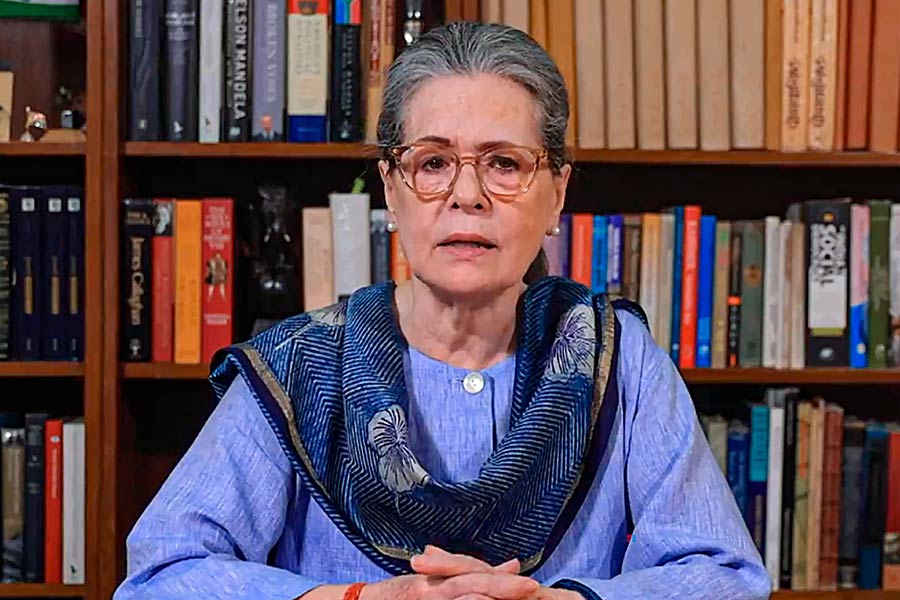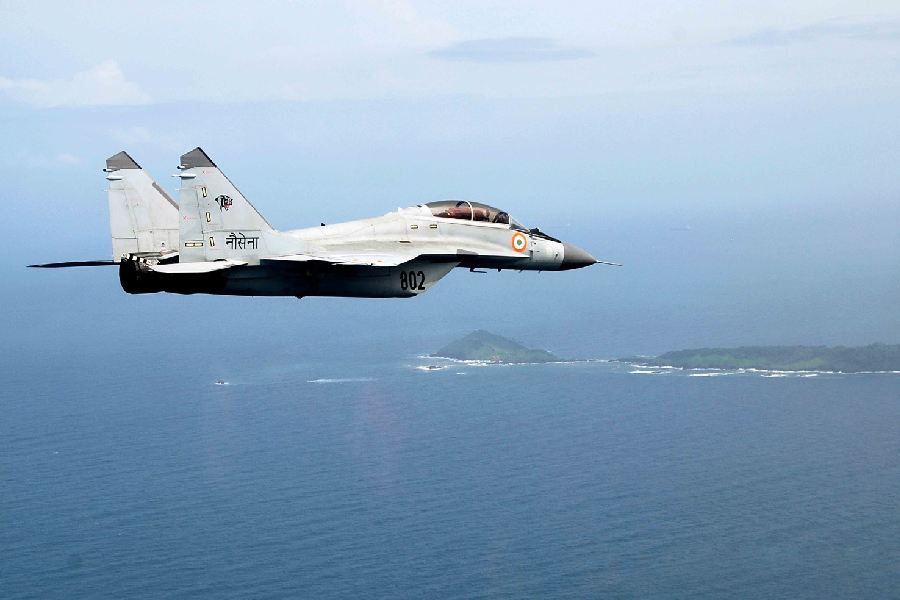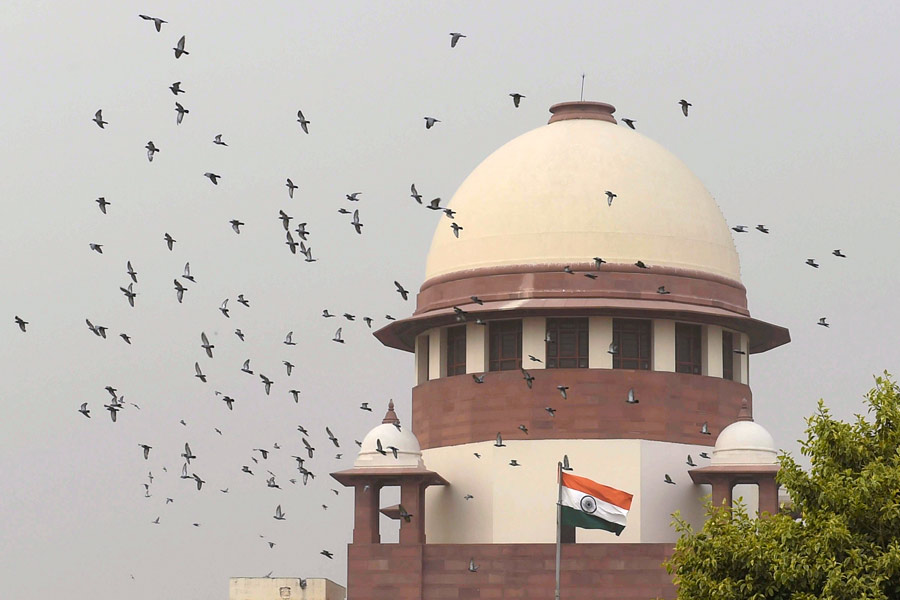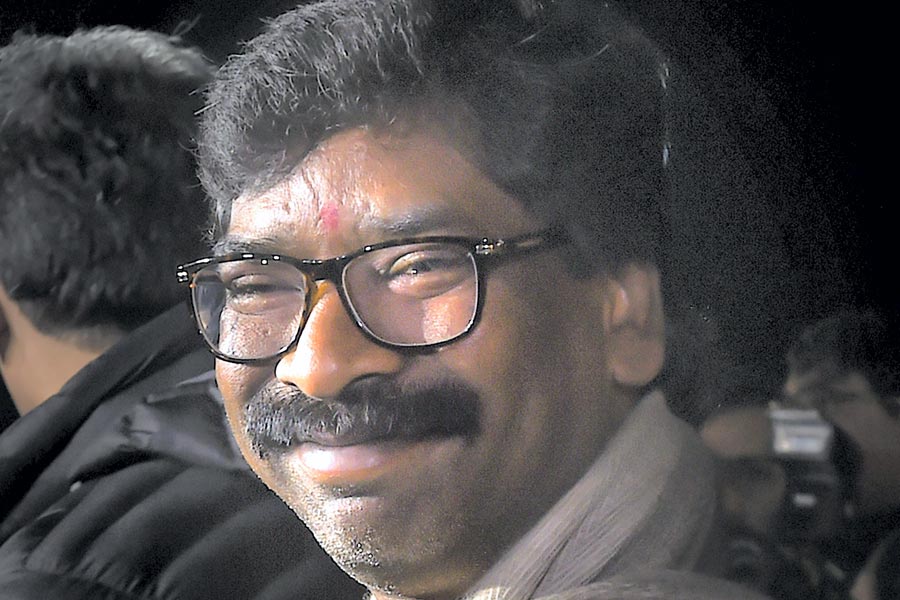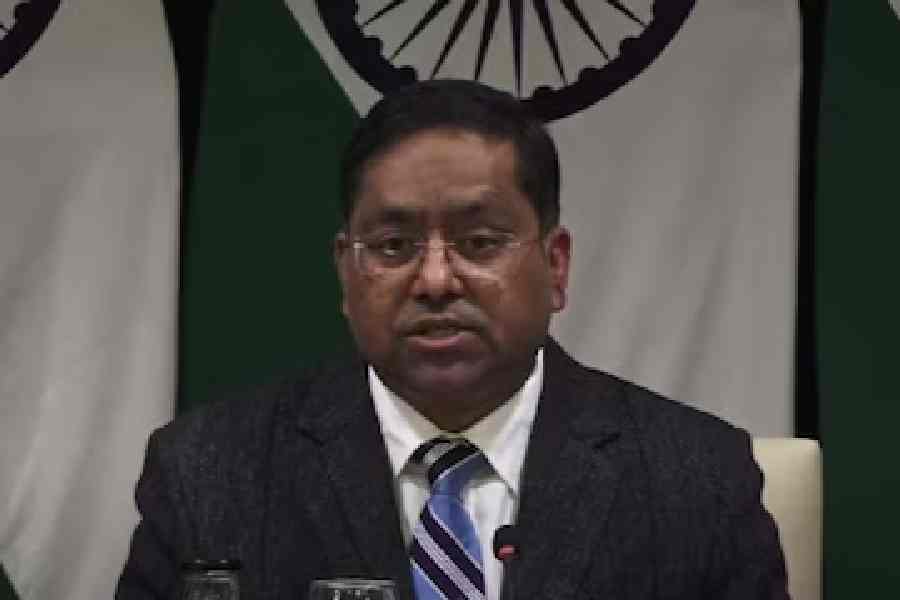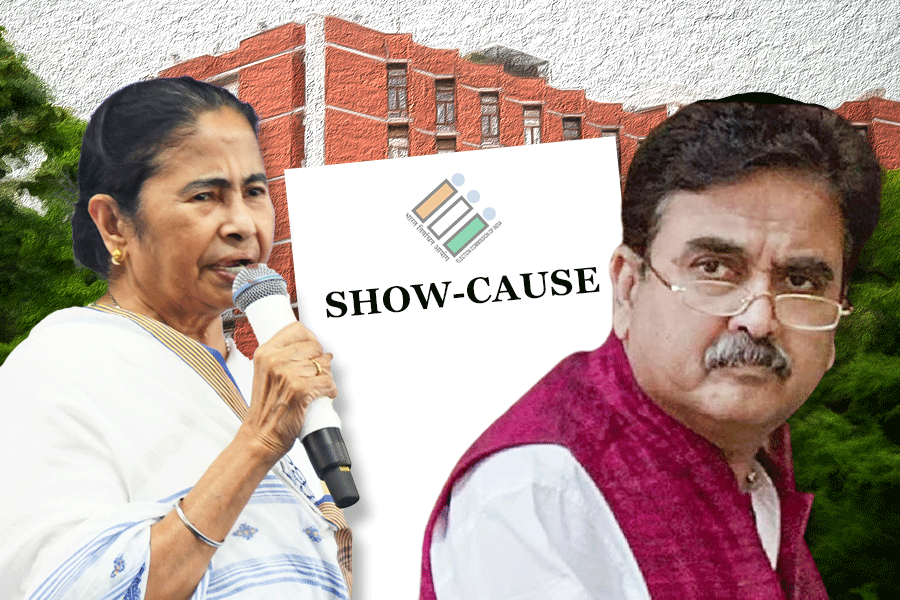When the general elections took place in Pakistan in 2013, many people celebrated the fact that a democratic government had completed its five years in power and that the transition to another democratic government was taking place after nine years of Pervez Musharraf’s dictatorship. This was despite the fact that the former prime minister, Yusuf Raza Gilani, did not complete his tenure due to the then chief justice of Pakistan’s witch-hunt against the Pakistan People’s Party government.
This democratic transition didn’t come about easily. The PPP and the Pakistan Muslim League-Nawaz signed the Charter of Democracy in London. Benazir Bhutto and Nawaz Sharif, who signed the document in 2006, were in exile and they knew that for the restoration of democracy, it was important that they join forces. The CoD’s main thrust was a political system of reconciliation and harmony so that there is continuity of the democratic system. It envisioned that the two parties would not be used against each other by the military establishment. Unfortunately, Benazir was assassinated soon after her return to Pakistan and before the general elections. Yesterday was her 16th death anniversary.
Benazir’s leadership and democratic principles are deeply missed. When the PPP came to power in 2008 after her assassination, Pakistan was reeling under the effects of a dictatorship. The PPP’s five-year term was difficult, with terrorism at its peak, a global recession, and the former chief justice’s witch-hunt against the government. The media, for most part, was unkind. Despite all this, the PPP gave Pakistan the 18th Amendment: a consensus document that gave autonomy to the provinces, fulfilling a longstanding demand.
In 2013, it was quite apparent that Nawaz Sharif would form the government. The PML-N came to power but when the Sharif government decided to take legal recourse against Musharraf and filed a case of treason against him under Article 6 of the Constitution, things began to unravel for Nawaz Sharif. Many political observers warned the Sharif government against this move, believing that the military would not allow a former army chief to be tried in court. Thus, we saw the Pakistan Tehreek-e-Insaf leading the 2014 dharna against the PML-N government. Project Imran had already been launched and Pakistan saw the judiciary collaborate with the military to dislodge Nawaz Sharif from premiership on frivolous charges. What ensued from 2017 was a mockery of justice as the entire system was mobilised in favour of Imran Khan before the 2018 elections. Nawaz Sharif and his daughter, Maryam Nawaz, were jailed before the elections. It was no secret that the 2018 polls were rigged in Khan’s favour to keep the PML-N out of power. Pakistan’s transition to a hybrid model, from a democratic transition in 2013, began in 2018.
What began in 2018 will not end soon.
In a report for The News, the senior journalist, Ansar Abbasi, wrote: “Nawaz may also realize sooner than later about what has been happening in the country for the last six-seven years as the ground realities have changed a lot in favour of hybrid democracy.” The use of ‘hybrid democracy’ is important in Pakistan’s context. This year saw the dismantling of the PTI following the May 9 incident. This year also saw political parties compromising on their democratic credentials. This capitulation may well be completed when elections are held on February 8, 2024.
Political experts believe that a hybrid model is necessary to counter civilian supremacy. There is a clear message for political parties that the hybrid model is here to stay and that anyone who challenges it will not be welcomed back in the power corridors. What began with Imran Khan in 2018 was hybrid model 1.0; it transitioned to the Shehbaz Sharif-led Pakistan Democratic Movement government as hybrid model 2.0; whichever party comes to power in 2024 would thus have to be hybrid model 3.0.
Mehmal Sarfraz is a journalist based in Lahore; mehmal.s@gmail.com


